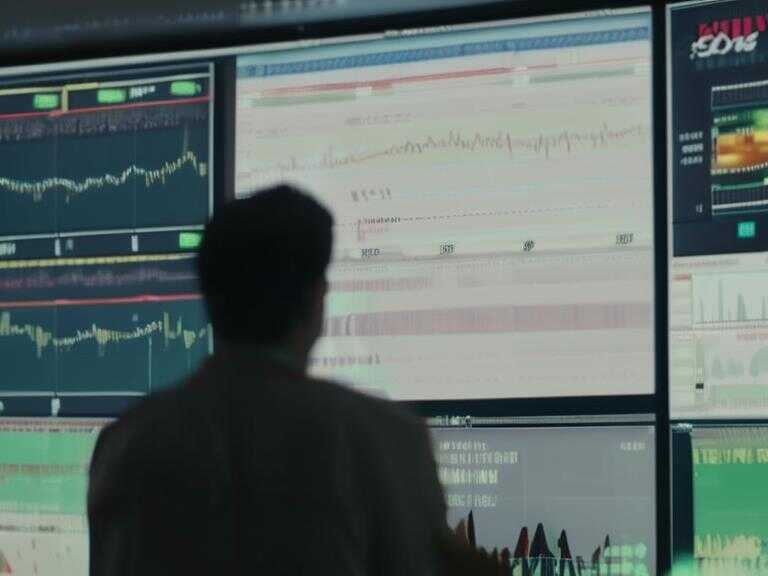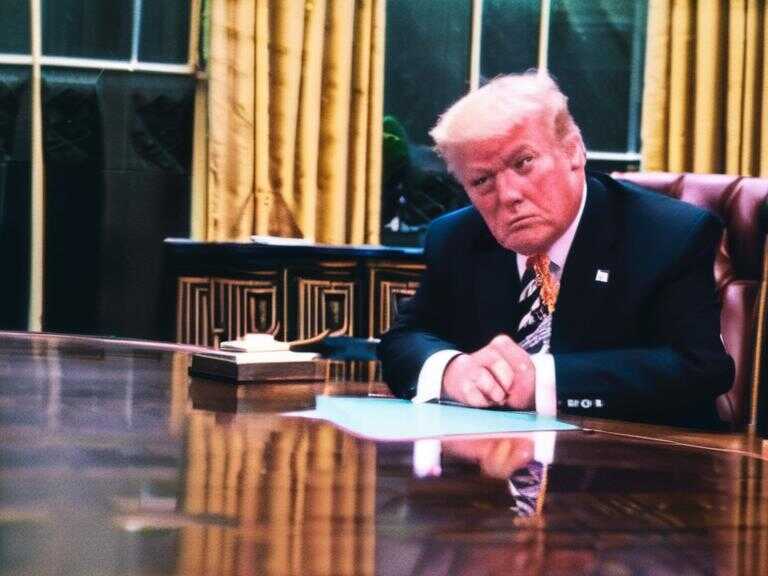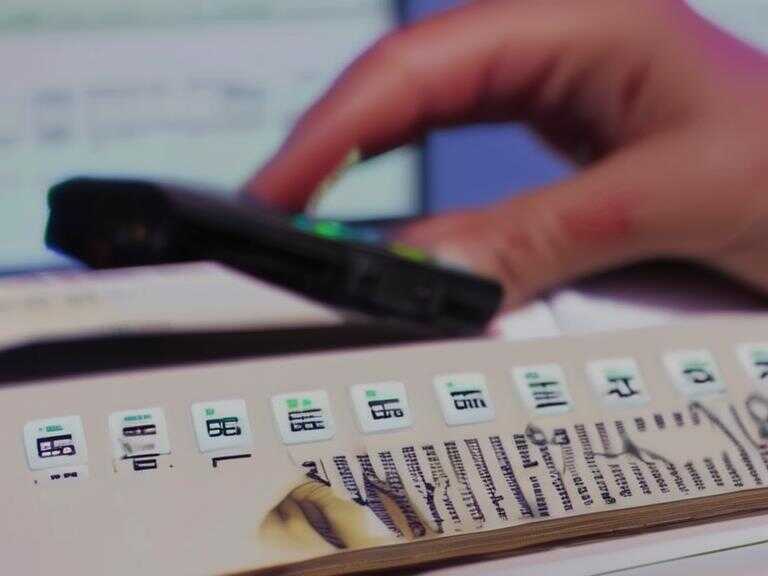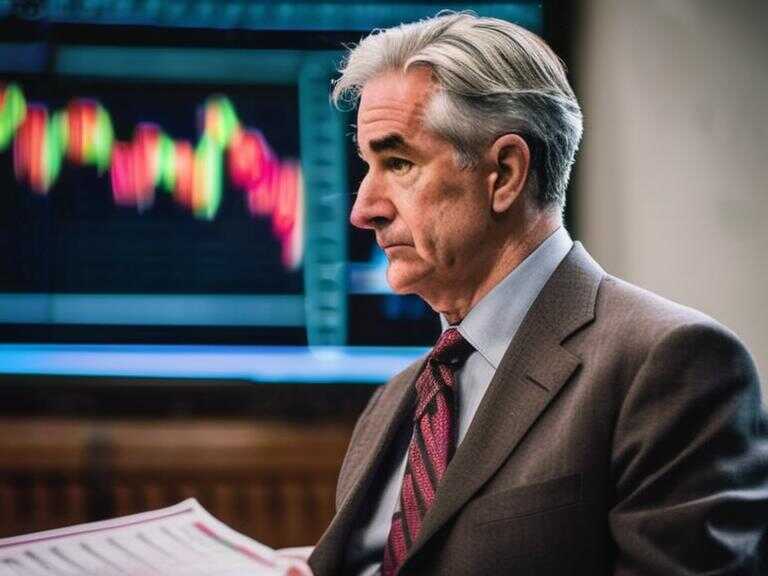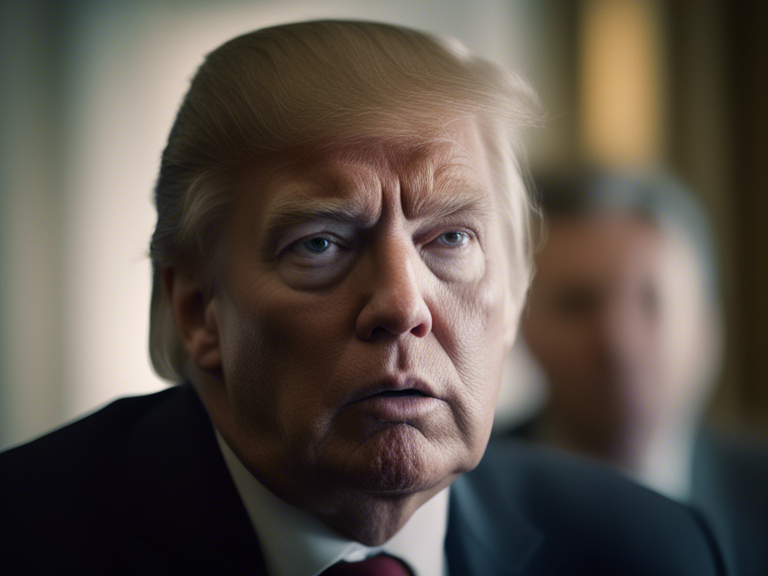
Russia Faces Growing Debt Crisis as Businesses Struggle with High Interest Rates
Rising interest rates and slowing economy in Russia are causing growing debt problems for businesses, potentially leading to increased bankruptcies.

The current economic landscape in Russia is characterized by a complex interplay of factors, creating significant challenges for businesses across various sectors. While the nation's overall macroeconomic indicators appear relatively stable, a growing debt problem looms on the horizon, fueled by record-high interest rates and an economy showing signs of slowing down.
Russia Crisis
The Central Bank's aggressive monetary tightening campaign, aimed at curbing inflation largely driven by war-related government spending, has intensified pressure on businesses. Since July 2023, the key interest rate has been steadily raised, reaching a peak in recent months. This has made borrowing significantly more expensive for companies, impacting their ability to invest, expand, and meet existing financial obligations.
One of the most pressing concerns is the rise in risky corporate debt. While the overall financial stability of the corporate sector remains relatively intact, the number of companies struggling to service their debts is increasing. The lag between raising interest rates and a surge in bankruptcies typically takes around two years, as observed in economies like the United States. This suggests that the full impact of the current monetary policy on corporate debt levels may yet to be fully realized.
The situation is further complicated by the fact that many firms are refinancing pre-2024 debt with higher-cost loans. This practice, while providing temporary relief, could potentially set them up for a deeper squeeze in the future as interest payments become increasingly burdensome. The escalating cost of capital is forcing companies to make difficult decisions, such as shelving projects, delaying expansion plans, and reducing workforce size.
The government and the banking sector appear to have sufficient reserves to manage potential defaults, at least in the near term. However, the long-term sustainability of this approach remains to be seen. The Kremlin faces a delicate balancing act – attempting to control inflation while supporting businesses grappling with mounting financial pressures.
Small and medium-sized enterprises (SMEs) are particularly vulnerable to the economic downturn and the rising cost of borrowing. These businesses often have limited access to credit and may lack the resources to weather prolonged periods of economic uncertainty. The government has implemented some measures to support SMEs, but more comprehensive assistance may be needed to prevent widespread business closures.
The current situation highlights the interconnectedness of various economic factors. Rising interest rates, slowing economic growth, and increasing corporate debt levels create a complex web of challenges for businesses and policymakers alike. Addressing these issues effectively will require a multifaceted approach that includes prudent monetary policy, targeted fiscal support, and measures to foster innovation and competitiveness in the business sector.
Share news






